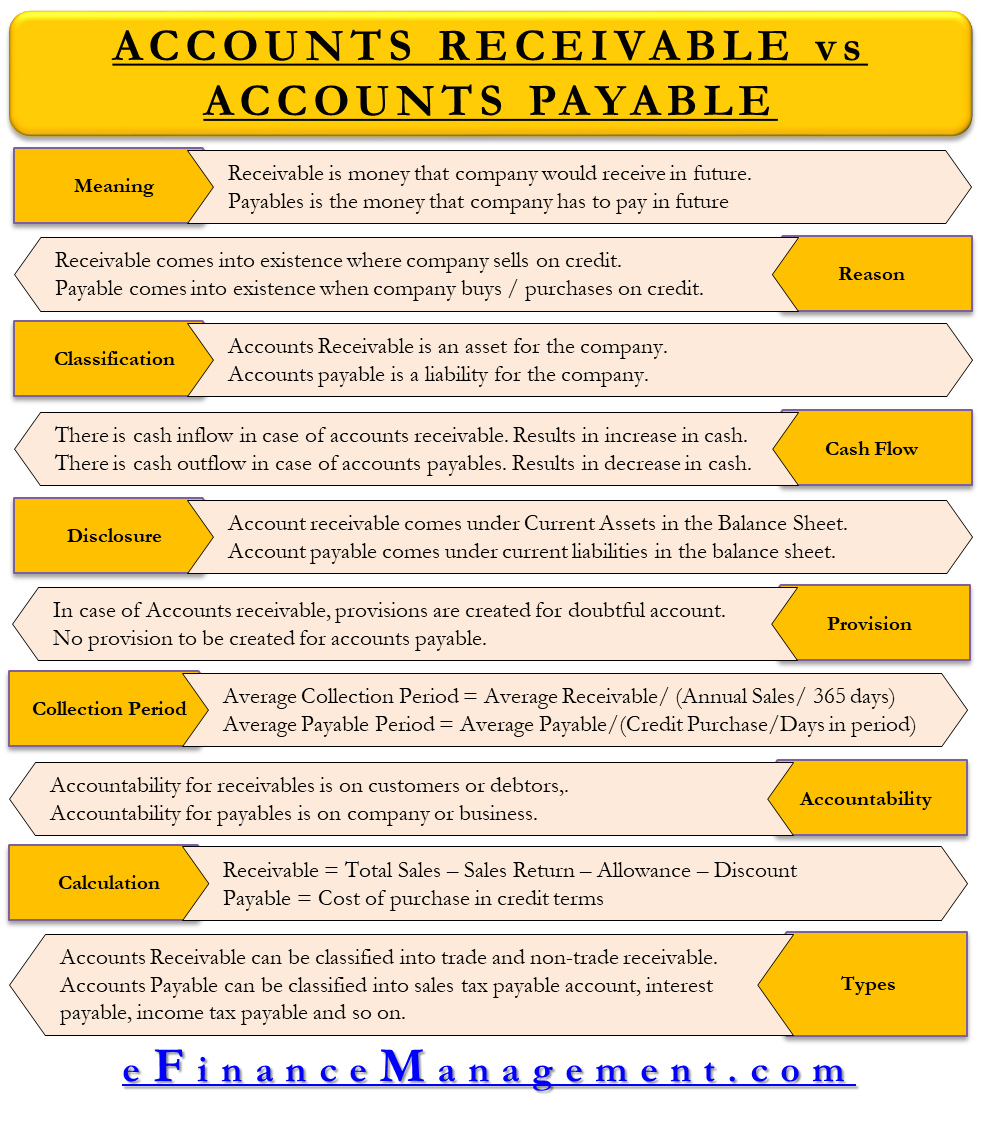Some Known Details About What Is Accounts Receivable? - US Chamber of Commerce

The Greatest Guide To The Accounts Receivable Processes Explained - AvidXchange

Claims for payment held by a service Accounts receivable, abbreviated as AR or A/R, are lawfully enforceable claims for payment held by a business for items provided or services rendered that clients have ordered however not spent for. These are typically in the type of billings raised by an organization and delivered to the customer for payment within an agreed time frame.

Best Accounts Receivable Software - 2021 List of Top 10 Accounts Receivable Tools - CompareCamp.com

Accounts Receivable Transactions
It is one of a series of accounting deals dealing with the billing of a consumer for items and services that the customer has bought. These might be differentiated from notes receivable, which are financial obligations created through formal legal instruments called promissory notes. Introduction [modify] Accounts receivable represents money owed by entities to the firm on the sale of service or products on credit.
The sales a business has made. The quantity of money gotten for products or services. The amount of money owed at the end of every month varies (debtors). The receivables group is in charge of getting funds on behalf of a company and using it towards their existing pending balances.
An Unbiased View of What is Accounts Receivable? Definition of Accounts
While the collections department seeks the debtor, the cashiering team applies the cash received. Learn More Here can make influence on liquidity of the business, thus it is essential to take notice of this metrics. Therefore the financial investment risk should be as small as possible. Payment terms [edit] An example of a typical payment term is Net thirty days, which indicates that payment is due at the end of one month from the date of invoice.
Other typical payment terms consist of Net 45, Net 60 and 1 month end of month. The creditor may have the ability to charge late charges or interest if the amount is not paid by the due date. In practice, the terms are typically revealed as 2 fractions, with the discount rate and the discount period making up the first portion and the letter 'n' and the payment due period consisting of the second portion.
Scheduling a receivable is achieved by a basic accounting deal; nevertheless, the process of keeping and gathering payments on the accounts receivable subsidiary account balances can be a full-time proposal. Depending upon the industry in practice, accounts receivable payments can be gotten as much as 10 15 days after the due date has actually been reached.
